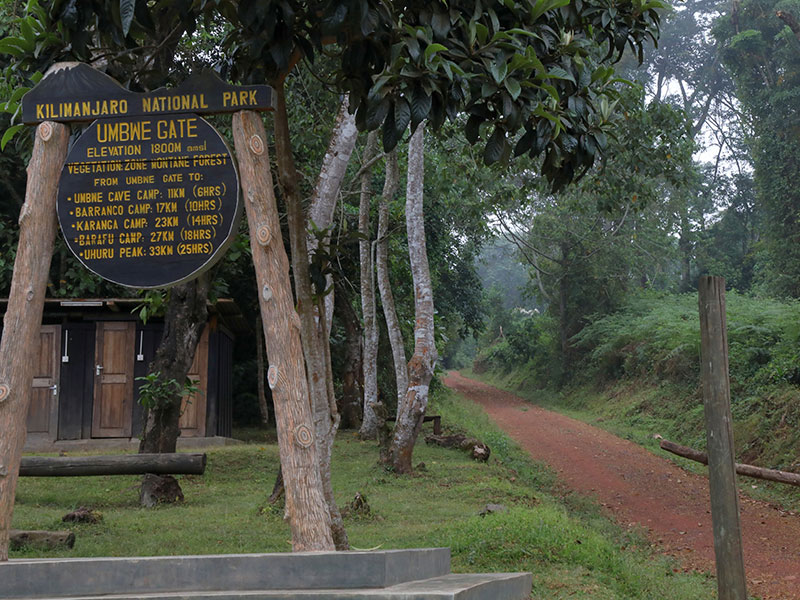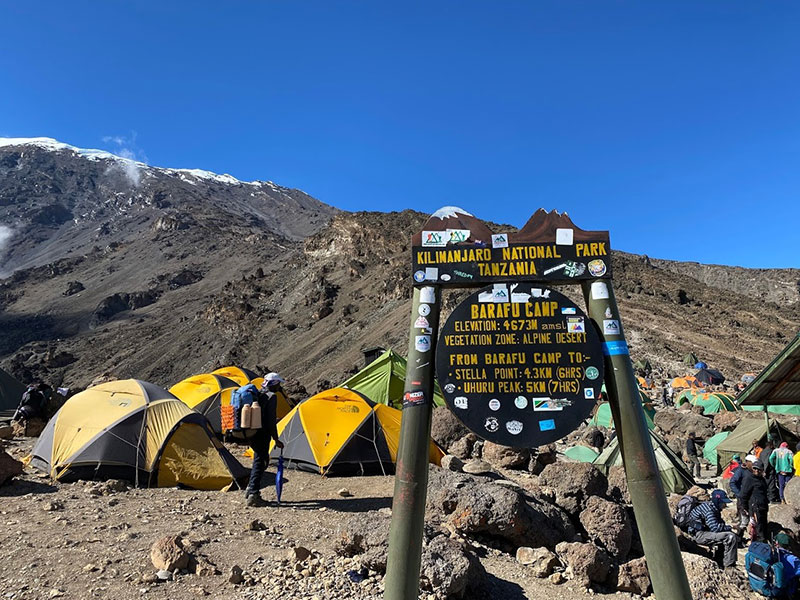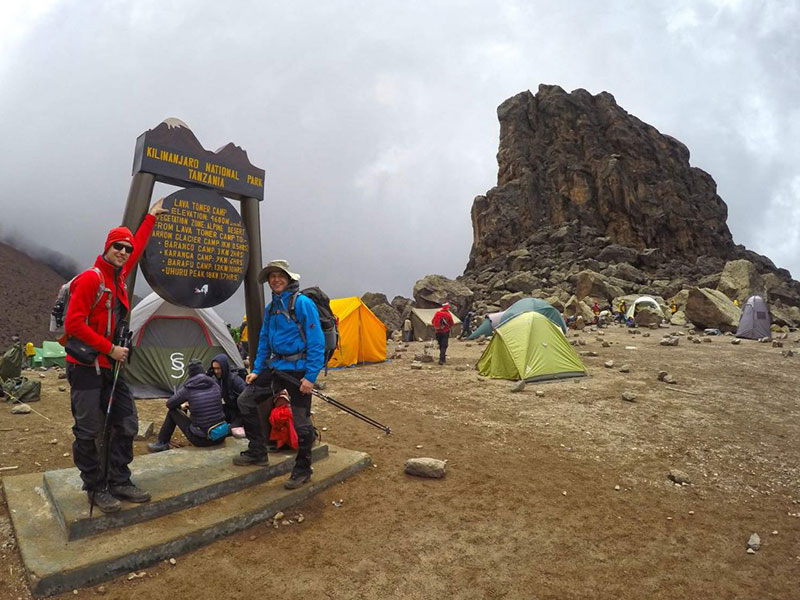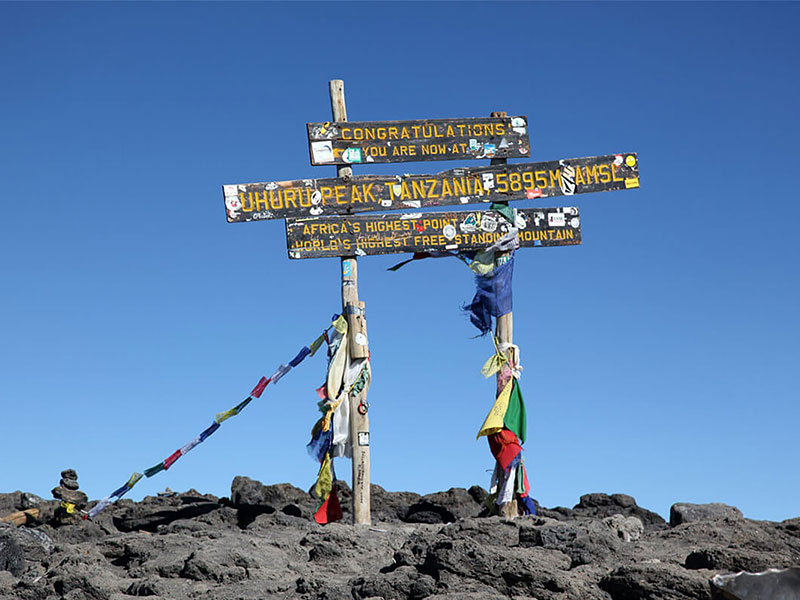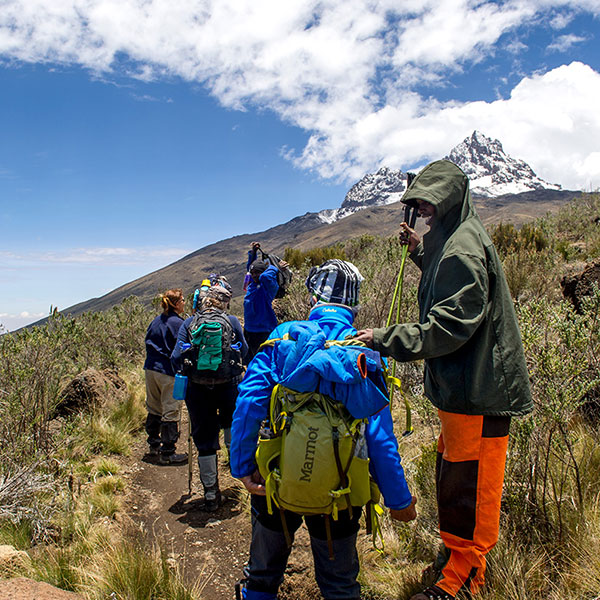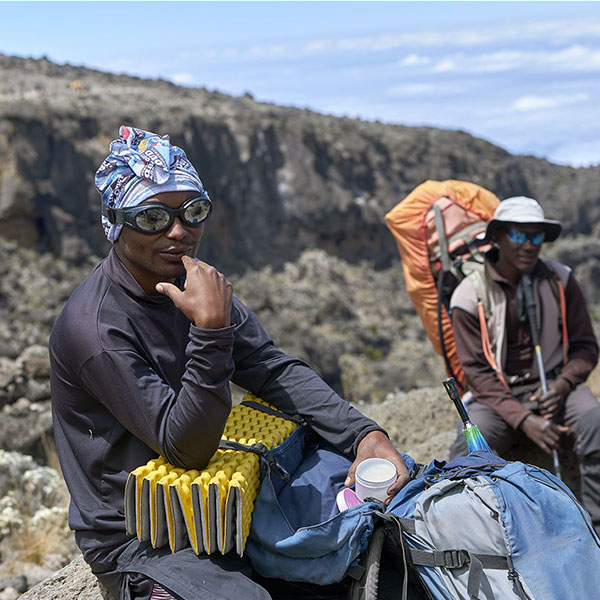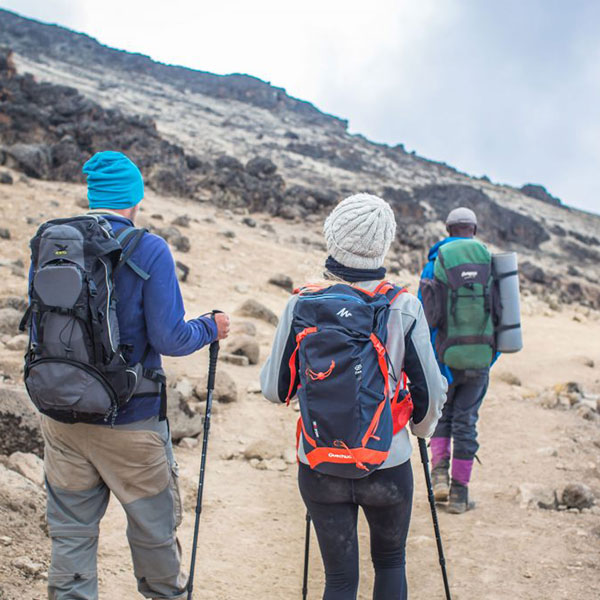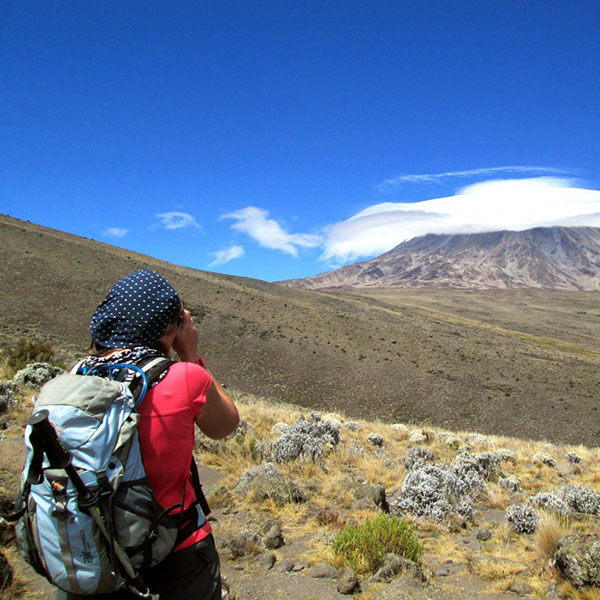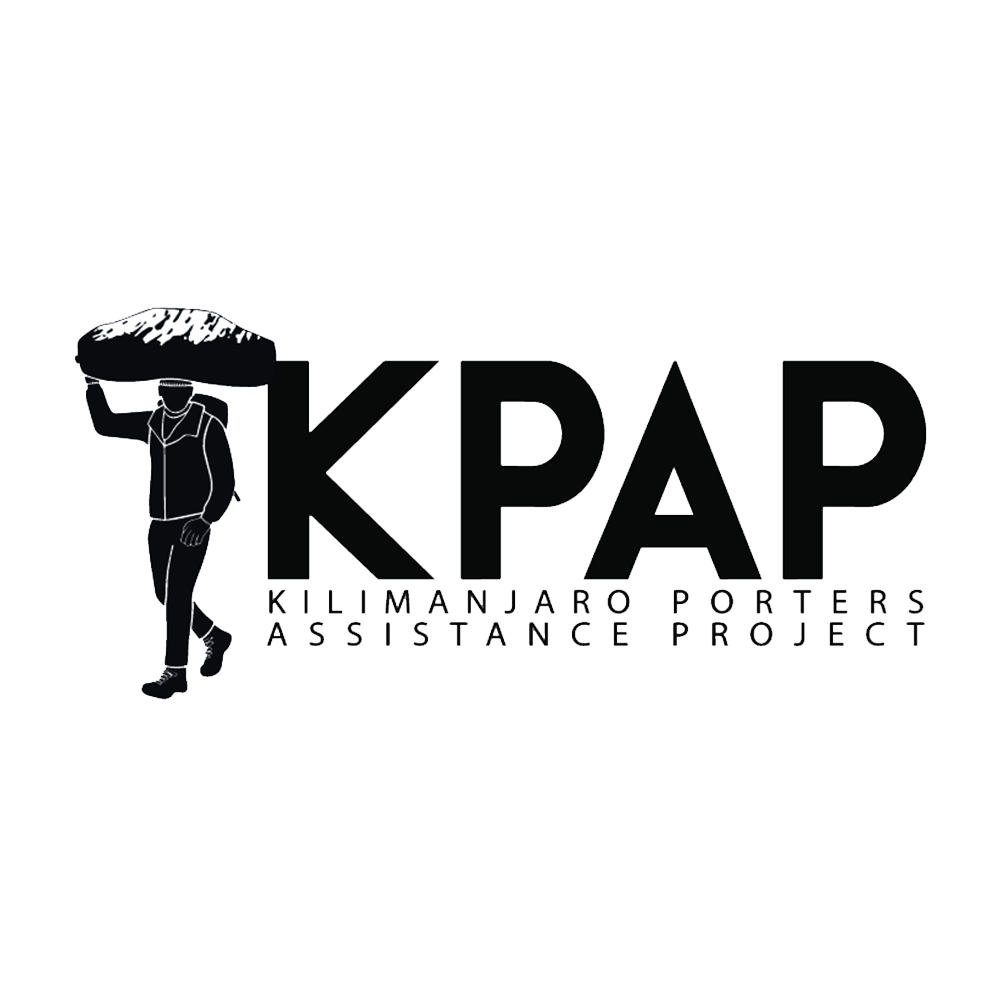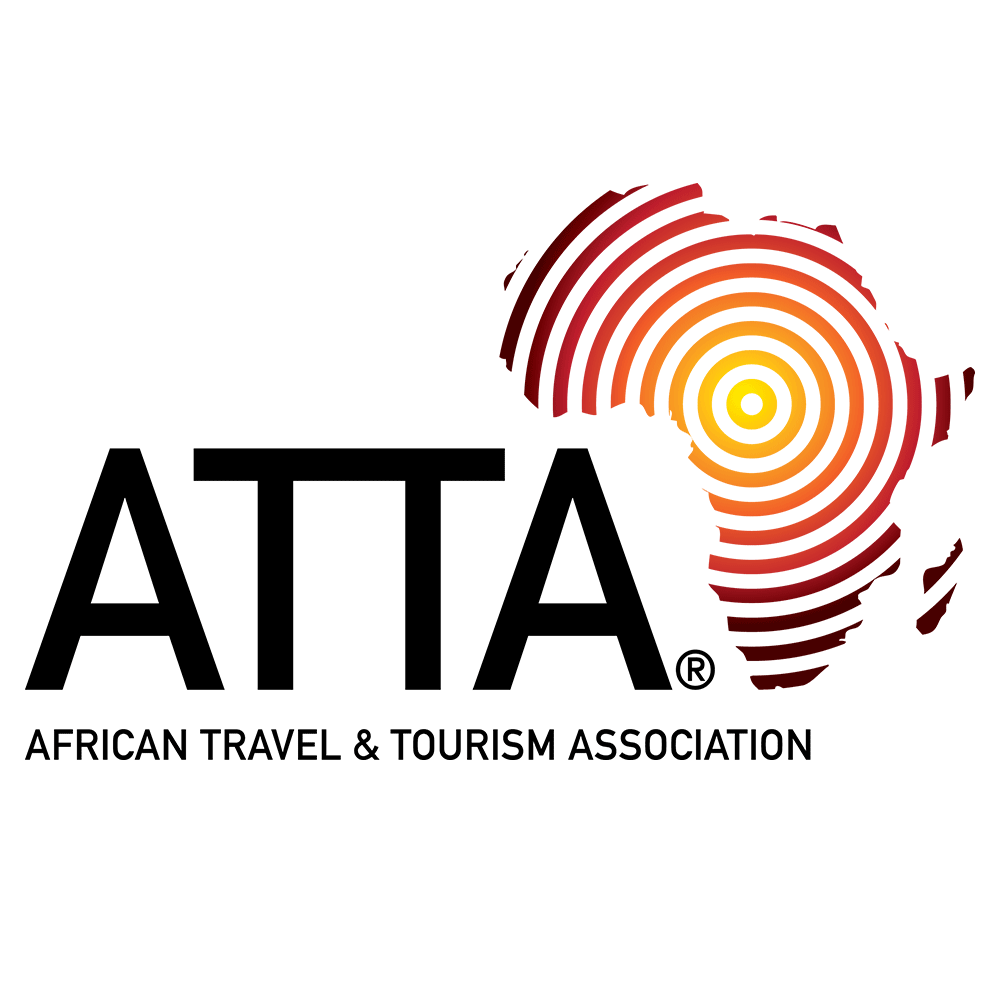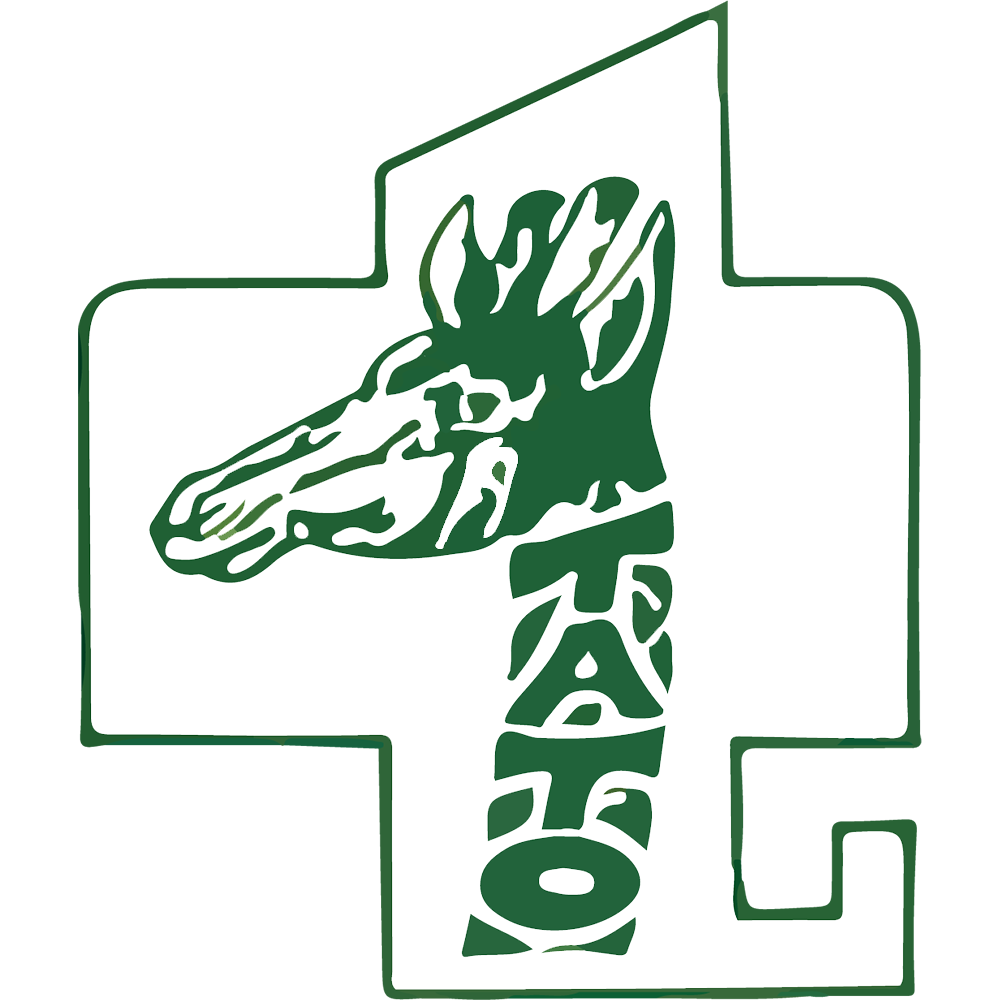6 Days Umbwe Route
Description
Umbwe route is one of the shortest routes to the Southern Glaciers and the Western Breach and it’s the most hardest and challenging route on Mount Kilimanjaro. The Umbwe Route is the trail for trekkers looking for a true climbing challenge. It is a quiet, seldom used path that can be very difficult, yet very rewarding at the same time. This is the route to choose if you want to test yourself on the slopes of Mount Kilimanjaro, far from the crowds that are found on the more common trails. While the Umbwe route is a non-technical climb, it does offer steep ascents and requires trekkers to scramble over rocks and tree roots at certain points. It is the hardest and most direct route up the mountain and even features several exposed ridges that are not for the faint of heart. The fitness and stamina of hikers may be tested along the way and it is best for experienced mountain trekkers who are looking for a challenge.
Because of its steep, direct approach, the success rate on the Umbwe route is lower than some of the other routes. To get the most out of this climb, trekkers are encouraged to be as fit and ready as possible, as this is a steady march uphill for the first few days, which is in contrast to some of the other routes that make slow, steady ascents or wander up and down to aid in acclimatization. In fact, the early days of this path have arguably the best views of any part of the mountain, save perhaps the summit itself.
| Highlights |
|
| Includes |
|
| Excludes |
|
Location Map
Tour Timeline
-
1Day 1: Umbwe Gate (1614m) – Umbwe Cave camp (2850m)
After breakfast you will be driven to the Machame gate where registration formalities will be completed. From the Machame gate you will be transferred to the Umbwe Gate (1641m), passing through villages with coffee and banana plantations. The air is thick with moisture and the path is usually muddy. The route initially follows a forestry track winding up through the natural rain forest. It then narrows and steepens to climb the ridge between the Lonzo and Umbwe rivers, with huge trees surrounding you. The path offers some spectacular views of deep gorges and if you are lucky, glimpses of Kilimanjaro towering above you in the distance. The camp is perched between huge trees and thick undergrowth. Enjoy dinner and overnight at the Umbwe Cave Camp (2 850m).
Distance: Approximately 10.3 km
Hiking Time: 6 Hours
Habitat: Forest (Montane)
-
2Day 2 : Umbwe Cave camp (2850m) – Barranco camp (3985m)
Shortly after leaving the camp the forest starts thinning and is replaced by rockier terrain, sparser undergrowth and straggly, moss-covered trees. The path continues along a narrow, but spectacular ridge. As you gain higher altitude, catch glimpses of Kilimanjaro rising majestically ahead of you – etched against the blue sky. The path flattens as you approach Barranco Valley.
From the Umbwe ridge the route descends slightly to the Barranco camp. The camp is situated in the valley below the Breach and Great Barranco Wall, which should provide you with a memorable sunset while your dinner is being prepared.
Distance: Approximately 6.3 km
Hiking Time: 6 hours
Habitat: Moorland
-
3Day 3: Barranco camp (3985m) – Karanga Camp (4040m)
After spending a night at the great Barranco Wall (a very imposing sight at first), you make your way up this awesome looking obstacle, which in the end normally turns out to be easier than anticipated. Topping out just below the Heim Glacier, you will now appreciate just how beautiful Kilimanjaro really is. The route then heads down through the Karanga Valley over intervening ridges and valleys, and then joins up with the Mweka route. This is the preferred route down from the summit, so remember it. The last water stop on the route is the Karanga Valley, as there is no water available at Barafu camp. Enjoy dinner and overnight at the Karanga camp.
Distance: Approximately 6 km
Hiking Time: 6 hours
Habitat: Moorland / Semi desert
-
4Day 4: Karanga camp (4040m) – Barafu camp (4681m)
Breakfast at Karanga camp and after breakfast turn left up the ridge and the route ascends 640m towards Barafu Camp. Barafu is the Swahili word for “ice” and it is a bleak and inhospitable camping area to spend the night.Totally exposed to the ever-present gales, the tents are pitched on a narrow, stony, and dangerous ridge.
Make sure that you familiarise yourself with the terrain before dark to avoid any accidents.
The summit is now a further 1214m higher and you will commence with your final ascent attempt, the same night. Prepare your equipment, hiking poles and thermal clothing for your summit attempt. This should include the replacement of your headlamp and camera batteries and make sure you have a spare set available as well. To prevent freezing it will be wise to carry your water in a thermal flask. Go to bed as early as possible and try to get some precious rest and sleep.
Distance: Approximately 3.4km
Hiking Time: 4 hours
Habitat: Alpine Desert
-
5Day 5: Barafu camp (4681m) – Uhuru Peak (5895m)-Mweka (3090m)
You will head in a north-westerly direction and ascend through heavy scree towards Stella Point on the crater rim. For many climbers the 6-hour walk to Stella point is mentally and physically the most challenging on the route. At Stella Point (5739m) you will stop for a short rest and will be rewarded with the most magnificent sunrise you are ever likely to see (weather permitting). From Stella Point you will normally encounter snow all the way on your 2-hour ascent to Uhuru Peak. The time you will spend on the summit will depend on the weather conditions. Do not stop here for too long, as it will be extremely difficult to get going again due to cold and fatigue. Enjoy your accomplishment and a day to remember for the rest of your life! The walk back to Barafu from the summit, takes about 3 hours. Here you will have a well earned but short rest and collect the rest of your gear, before heading down to Mweka hut (3090m). The route is not difficult and will take you down the rock and scree path into the moorland and eventually into the forest. The camp is situated in the upper forest and mist or rain can be expected in the late afternoon. Dinner and washing water will be prepared.
Distance: Approximately 4.5 km ascent and 10.8 km descent
Hiking Time: 7 to 8 hours to reach Uhuru Peak, 6 to 8 hours to descend to Mweka Camp
Habitat: Stone scree and ice-capped summitYou will get up around 23h20, and after some tea and biscuits you shuffle off into the night.
-
6Day 6: Mweka camp (3090m) – Mweka Gate (1641m)
After an early and well-deserved breakfast, it is a short 4 to 6 hour and scenic hike back to the Park gate. Some hikers do experience knee problems which could make the descend longer than planned. It is strongly recommended not to pay your porters any tips until you and all your gear have reached the gate safely. Visit the tips page for more info.
At Mweka gate you sign your name and details in a register. This is also where successful climbers receive their summit certificates. Those climbers who reached Stella Point (5739m) are issued with green certificates and those who reached Uhuru Peak (5895m) receive gold certificates.
From the Mweka Gate you will continue down into the Mweka village, normally a muddy 3 km (1 hour) hike. In the Mweka village you will be served a delicious hot lunch!! After lunch you drive back to Moshi or Arusha for a long overdue hot shower, dinner and more celebrations!!
Distance: Approximately 8.5 km
Hiking Time: 4 to 6 hours
Habitat: Forest
